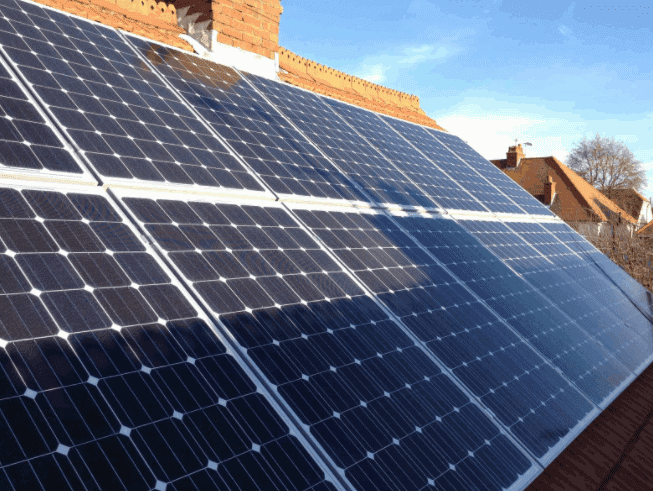
We use cookies to help you navigate efficiently and perform certain functions. You will find detailed information about all cookies under each consent category below.
The cookies that are categorized as "Necessary" are stored on your browser as they are essential for enabling the basic functionalities of the site. ...
Necessary cookies are required to enable the basic features of this site, such as providing secure log-in or adjusting your consent preferences. These cookies do not store any personally identifiable data.
Functional cookies help perform certain functionalities like sharing the content of the website on social media platforms, collecting feedback, and other third-party features.
Analytical cookies are used to understand how visitors interact with the website. These cookies help provide information on metrics such as the number of visitors, bounce rate, traffic source, etc.
Performance cookies are used to understand and analyze the key performance indexes of the website which helps in delivering a better user experience for the visitors.
Advertisement cookies are used to provide visitors with customized advertisements based on the pages you visited previously and to analyze the effectiveness of the ad campaigns.




























Solar PV modules are devices that convert sunlight into electricity. They are an essential component of a solar power system and are widely used to produce clean and renewable energy. Solar modules are made up of photovoltaic cells that are arranged in series to produce higher voltage and parallel to increase the current.

Solar PV modules work on the principle of photovoltaic effect, which is the process of converting sunlight into electricity. When sunlight hits the photovoltaic cells, it releases electrons, which flow through the circuit and generate a current. This current is then used to power electrical devices and charge batteries.
The photovoltaic cells in solar PV modules are made of silicon, which is a material that is highly efficient at converting sunlight into electricity. The cells are connected in series and parallel to increase the voltage and current, respectively. The resulting electrical output is then used to power electrical devices and charge batteries.
How do solar panels work? – Richard Komp
There are many types of solar panels on the market, but the most efficient solar panels are monocrystalline and polycrystalline solar panels. These two types of solar panels are known for their high efficiency and reliability. In this blog, we will discuss the most efficient solar panels and what makes them so efficient.
Polycrystalline Solar Panels : Multiple silicon crystals are used to make polycrystalline solar panels. This results in a less uniform structure than monocrystalline panels, but they are still considered very efficient. They have an efficiency rate of around 12-15%, making them a popular choice among homeowners and businesses. They are also less expensive than monocrystalline panels, making them a more affordable option for those on a budget.
See Also: Types of solar panels – Find the Right Solar Panel That Fits Your Home
There are several factors that can affect the efficiency of solar panels. Among these factors are:
Solar PV modules are an essential component of a solar power system and are widely used to produce clean and renewable energy. They are cost-effective, durable, and highly efficient, making them ideal for residential and commercial applications. Solar PV modules are also widely used in remote locations and in large-scale power stations, where they provide a clean and renewable energy source. By working on the principle of photovoltaic effect, solar PV modules help to reduce the reliance on fossil fuels and provide a sustainable source of energy for the future.
Waaree offers a wide range of Solar PV modules, customised solutions are provided as per the requirement. Connect at waaree@waaree.com or 18002121321.
Notifications